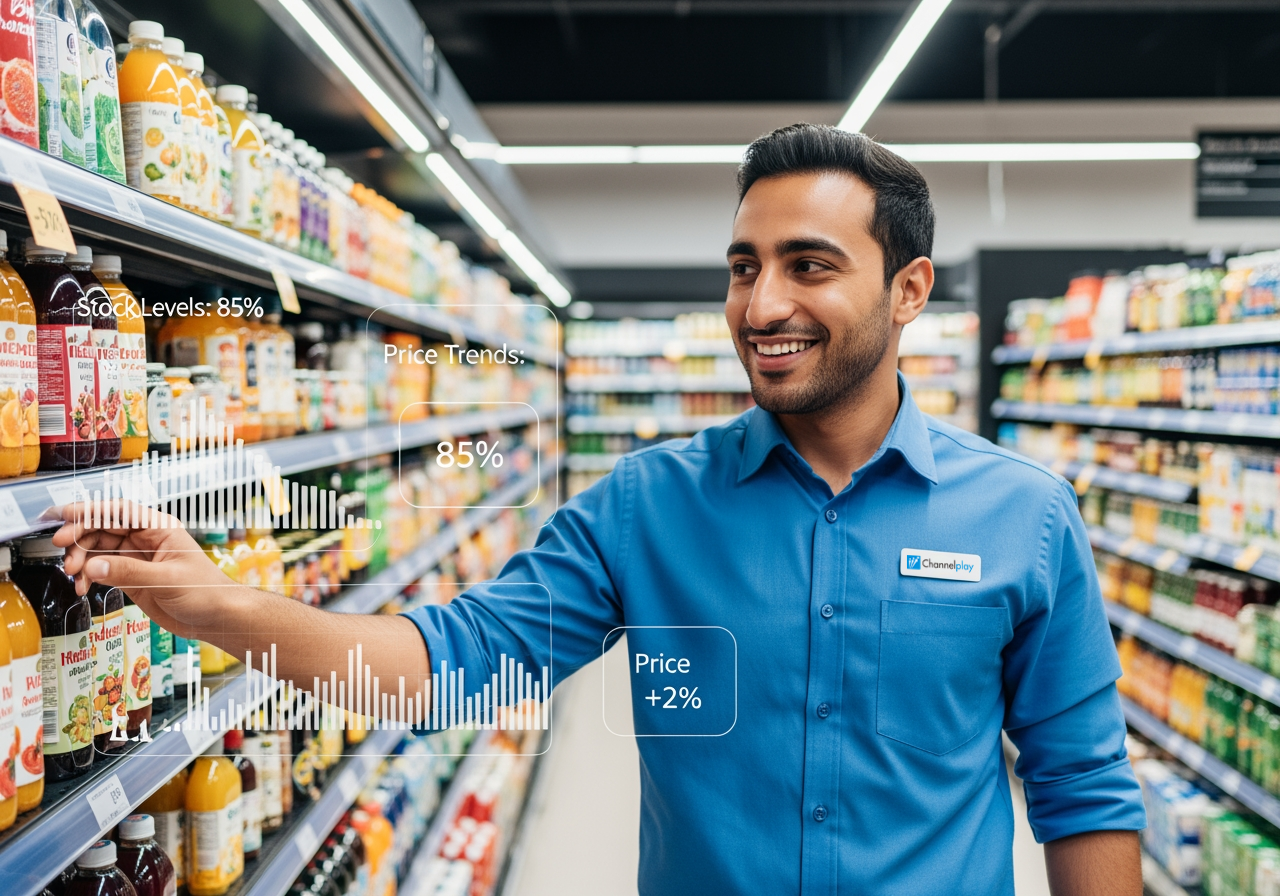FMCG Merchandising in the Middle East: Data-Driven Wins

The FMCG market in the Middle East is expanding swiftly, with Saudi Arabia and the UAE leading growth fueled by urbanization, rising incomes, and digital commerce adoption. Experts project the sector will surpass $90 billion by 2027, calling for merchandising strategies that blend precision, technology, and local market know-how.
Market Challenges
The Middle East’s retail landscape is shaped by culturally driven seasonal demand and evolving consumer habits. Ramadan and Hajj trigger sharp peaks in purchases, especially for food and dairy, which represent over 70% of Saudi FMCG spending, bought on average 15.1 times monthly. Moreover, a 31.7% online penetration rate for these categories adds complexity to inventory planning and fulfillment.
Balancing high seasonal demand with regular off-peak sales is a persistent challenge. Advanced AI-driven demand forecasting and agile stock management tailored to regional needs have slashed out-of-stock rates by 25% and reduced inventory waste by 18% in GCC markets.
Case Study: Digital-First Beverage Brand Success
An emerging beverage brand entering Gulf markets exemplifies how technology and localization drive merchandising success.
- AI-powered demand forecasting dynamically adjusted stock for stores across UAE and Saudi Arabia.
- A hybrid approach integrated e-commerce partnerships, digital marketing, and AI-monitored physical shelf management.
- As a result, the brand achieved a 40% improvement in order accuracy and a 25% fall in stockouts.
- Sales conversion rose by 20% thanks to personalized promotions and locally curated assortments.
- Customer loyalty was boosted due to culturally relevant in-store communication and shelf displays.
This case vividly illustrates how digital integration and local insights deliver tangible ROI in the complex GCC FMCG environment.
Essential KPIs for Merchandisers
Precise measurement of key performance indicators ensures continuous improvement:
- Shelf Availability: Direct correlation with as much as 30% sales uplift by ensuring products are available and visible to customers.
- Inventory Turnover: Faster turnover leads to fresher goods and lower wastage, crucial for perishable FMCG items.
- Average Sell-Through Time: Reduced shelf time improves profitability by avoiding expiry and stale inventory.
- Market Share & Shelf Share: Greater distribution depth and spatial dominance in retail outlets increase brand visibility and consumer preference
Emerging FMCG Merchandising Trends in 2025
AI and IoT Transformations
Smart shelves, RFID tags, and electronic shelf labels powered by AI optimize stock levels and enable dynamic pricing. Reports show deployment of these technologies reduces labor costs by up to 30% while enhancing product availability.
Personalized Shopping
Consumers in the Middle East demand personalization. Brands leveraging behavioral analytics and shopper data have seen engagement improvements of over 15%, with tailored marketing and product assortments boosting conversion.
Sustainability Drives Loyalty
Environmental consciousness is rising, with consumers favoring brands demonstrating sustainable practices. Effective merchandising highlights eco-friendly SKUs with dedicated shelf space and POS storytelling, resonating with GCC consumers
Omnichannel Integration
Seamless shopper journeys across digital and in-store channels are vital. FMCG brands aligning inventory, promotions, and messaging omnichannel enjoy greater market share and shopper satisfaction
Recommendations for FMCG Merchandisers in the Middle East
- Implement AI and IoT for real-time inventory management and dynamic pricing aligned to regional demand cycles.
- Conduct SKU rationalization focused on regional and cultural preferences, simplifying choices for consumers.
- Integrate omnichannel data and marketing to design consistent, seamless shopping experiences.
- Emphasize sustainability initiatives prominently in merchandising to connect with eco-conscious consumers.
- Monitor KPIs like shelf availability, turnover, and market share for ongoing optimization.
